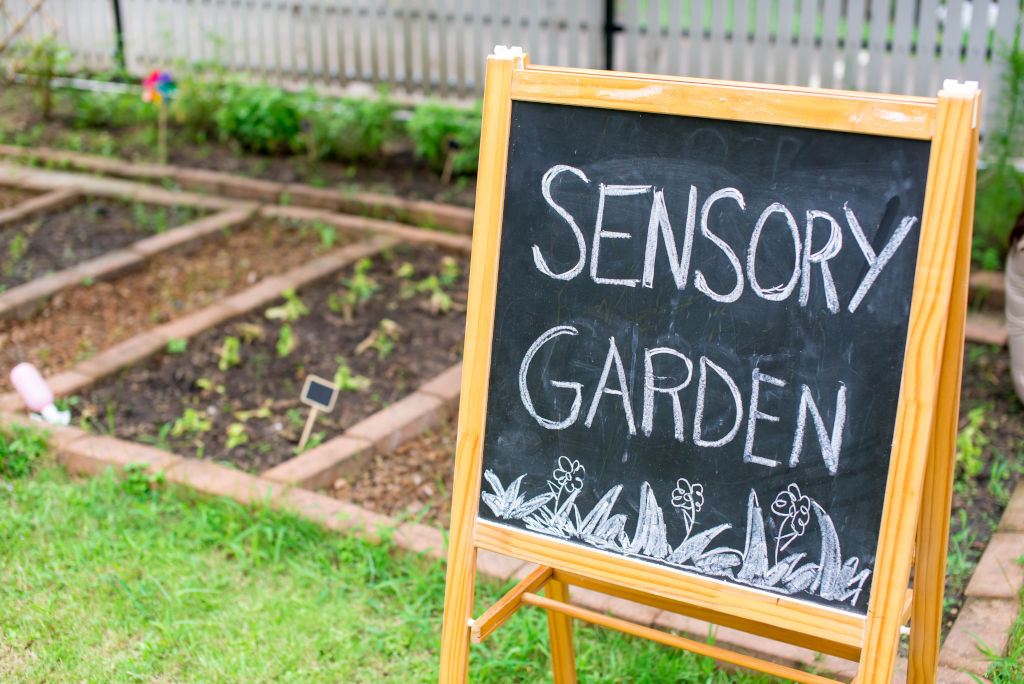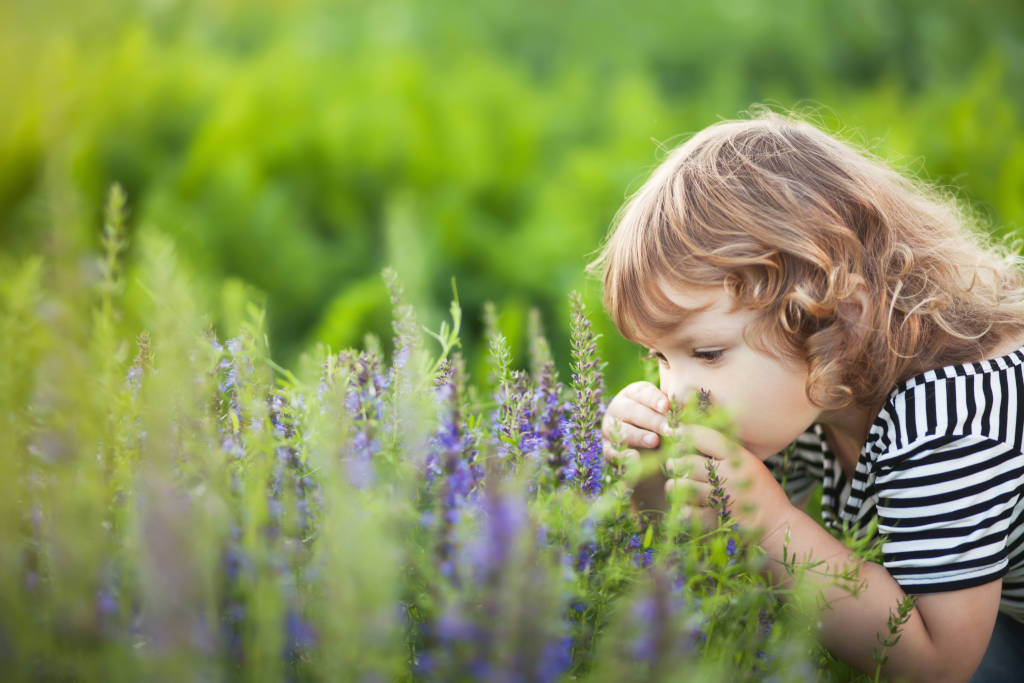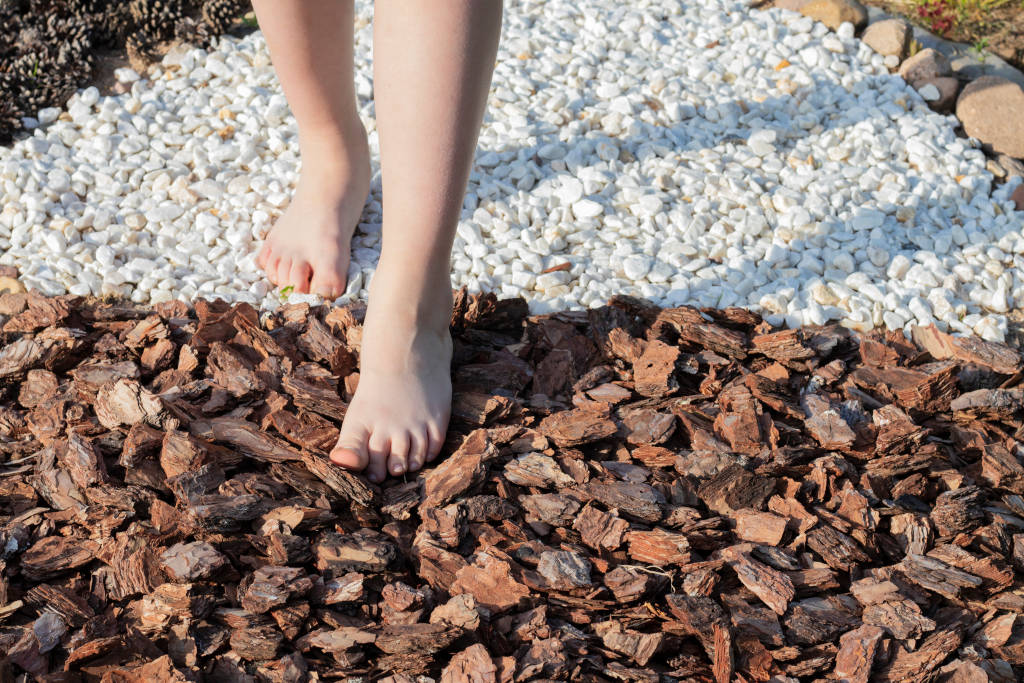A sensory garden is a purposefully crafted sanctuary meticulously designed to engage and delight the senses of its visitors. Tailored to specific environments and audiences, such gardens serve as havens of exploration and connection with nature. In educational settings like schools, vibrant colours, captivating scents, and tactile features foster curiosity and sensory exploration among students. Similarly, in healthcare facilities such as care homes, the focus shifts to creating tranquil spaces conducive to relaxation and reminiscence, especially for individuals with memory impairment or dementia. Here, gentle hues, soothing textures, and familiar scents aim to evoke cherished memories and provide solace.
In all contexts, planting choices are key, with aromatic herbs, luscious berries, and sensory-rich foliage offering tangible connections to the natural world. Whether crafting a sensory retreat for a community or designing a personal sanctuary in one’s own garden, the goal remains to curate an immersive sensory experience tailored to individual preferences and needs.




 “Sensory gardens are a safe space for anyone to enjoy. Whether it is for educational purposes, healing purposes, or just a relaxing social space for a group of people to enjoy spending time together.
“Sensory gardens are a safe space for anyone to enjoy. Whether it is for educational purposes, healing purposes, or just a relaxing social space for a group of people to enjoy spending time together.










